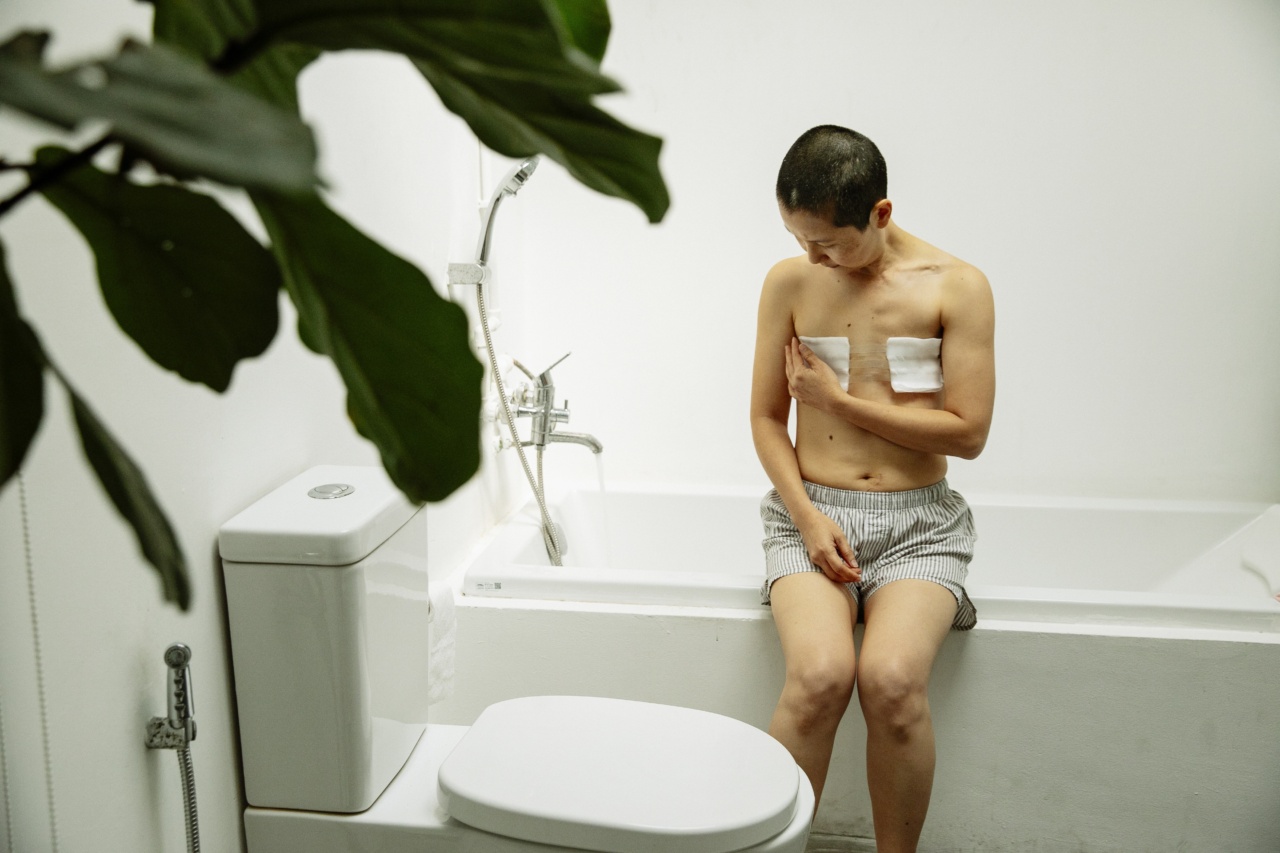Breast cancer surgery is a common procedure, and many women undergo at least one surgery during their treatment. However, there is a risk of a second surgery, as it is often difficult to remove all of the cancerous tissue during the initial surgery.
This risk is called the positive margin risk, and it can significantly impact a patient’s prognosis. To reduce the risk of a second surgery, many physicians are now recommending the complete removal of additional breast tissue. This article will explore the reasons behind this approach and the benefits it offers.
What is a Positive Margin?
A positive margin refers to the presence of cancer cells at the edge of tissue removed during surgery. When performing breast cancer surgery, the goal is always to remove all cancerous tissue while preserving as much healthy tissue as possible.
However, it is not always possible to detect and remove all cancer cells during the initial surgery.
The presence of a positive margin indicates that cancer cells are still present in the breast, and there is a risk of recurrence. As such, a second surgery may be required to remove the remaining cancerous tissue.
This second surgery is not only physically demanding but can also cause emotional stress for the patient.
The Risks of a Second Surgery
After undergoing breast cancer surgery and receiving a positive margin result, many patients must undergo a second surgery. This can present several potential risks and complications, including:.
- Increased risk for complications
- Infection
- Delayed healing
- Extended hospital stay
- Emotional stress
Furthermore, in some cases, a second surgery may still not result in a margin-free specimen. This indicates that there is still a risk of cancer recurrence and further surgeries may be necessary.
Complete Removal of Additional Breast Tissue
To minimize the risk of positive margins and the need for a second surgery, surgeons are now recommending the complete removal of additional breast tissue.
This is called margin re-excision, and it involves removing more tissue than is typically done during traditional breast-conserving surgery.
Margin re-excision aims to ensure that all cancerous tissue has been removed, reducing the risk of positive margins and the need for a second surgery.
The additional tissue that is removed can come from the same area as the original surgery or from a different location in the breast.
The Benefits of Margin Re-Excision
Margin re-excision offers several benefits to breast cancer patients, including:.
- Reduced risk of positive margin and the need for a second surgery
- Improved oncological outcomes and overall prognosis
- Reduced emotional distress and anxiety
- Improved cosmetic outcomes by preventing the need for further surgeries and preserving maximum breast tissue
Additionally, margin re-excision only adds a minimal amount of time to the surgery, and most patients can go home the same day as the procedure.
Who is a Good Candidate for Margin Re-Excision?
Margin re-excision is recommended for patients who have received a positive margin result from their initial breast cancer surgery. However, not all patients are good candidates for margin re-excision.
Patients who have undergone a mastectomy are not good candidates for this procedure because there is no remaining breast tissue to remove.
Furthermore, patients who have undergone radiation therapy may not be good candidates, as radiation can cause changes in the tissue that can make it challenging to determine the extent of cancerous tissue during surgery.
Conclusion
Breast cancer surgeries often have a risk for positive margin, indicating that cancerous tissue is still present in the breast, and a second surgery may be required.
This second surgery is physically, emotionally demanding and can increase the risk for complications.
To minimize the risk of positive margins and the need for a second surgery, margin re-excision is now recommended. This procedure involves the complete removal of additional tissue in the breast, ensuring that all cancerous tissue has been removed.
Margin re-excision offers several benefits, including improved oncological outcomes, reduced emotional distress, and improved cosmetic outcomes.
However, not all patients are good candidates for this procedure, and it should be evaluated on a case-by-case basis.






















